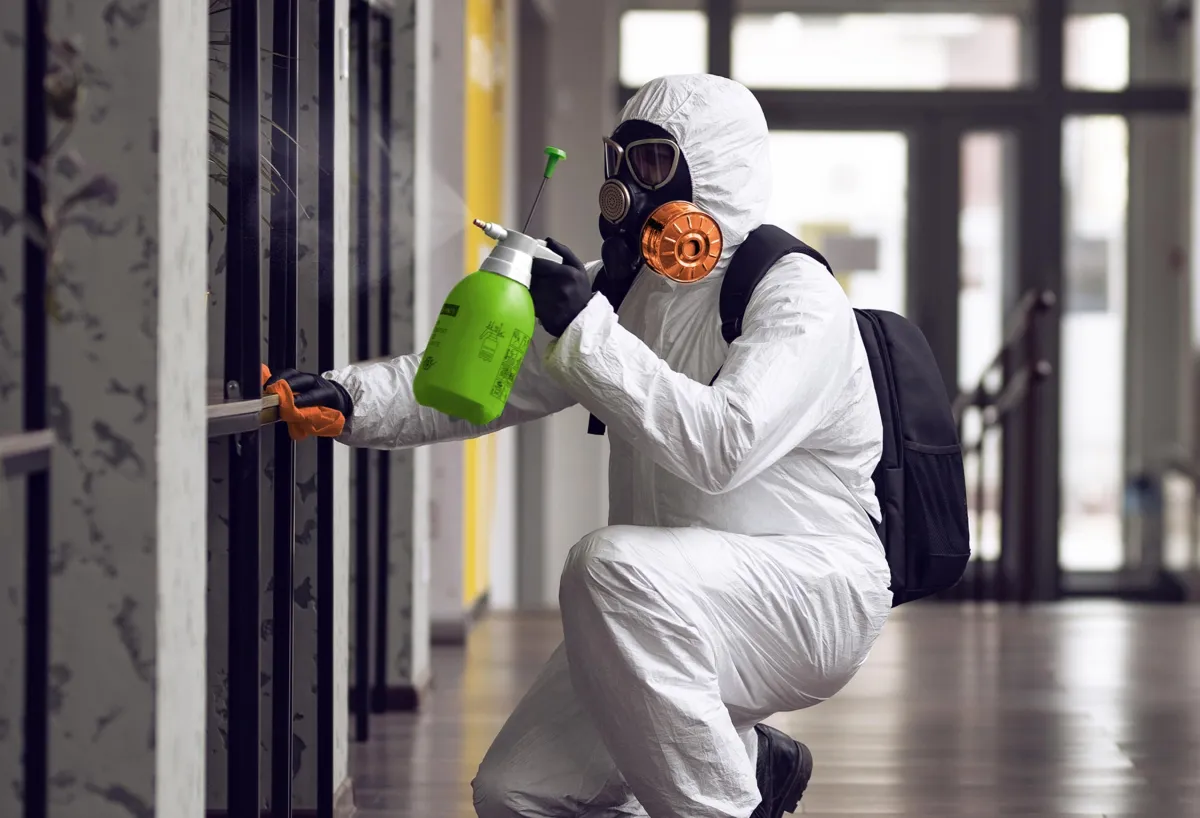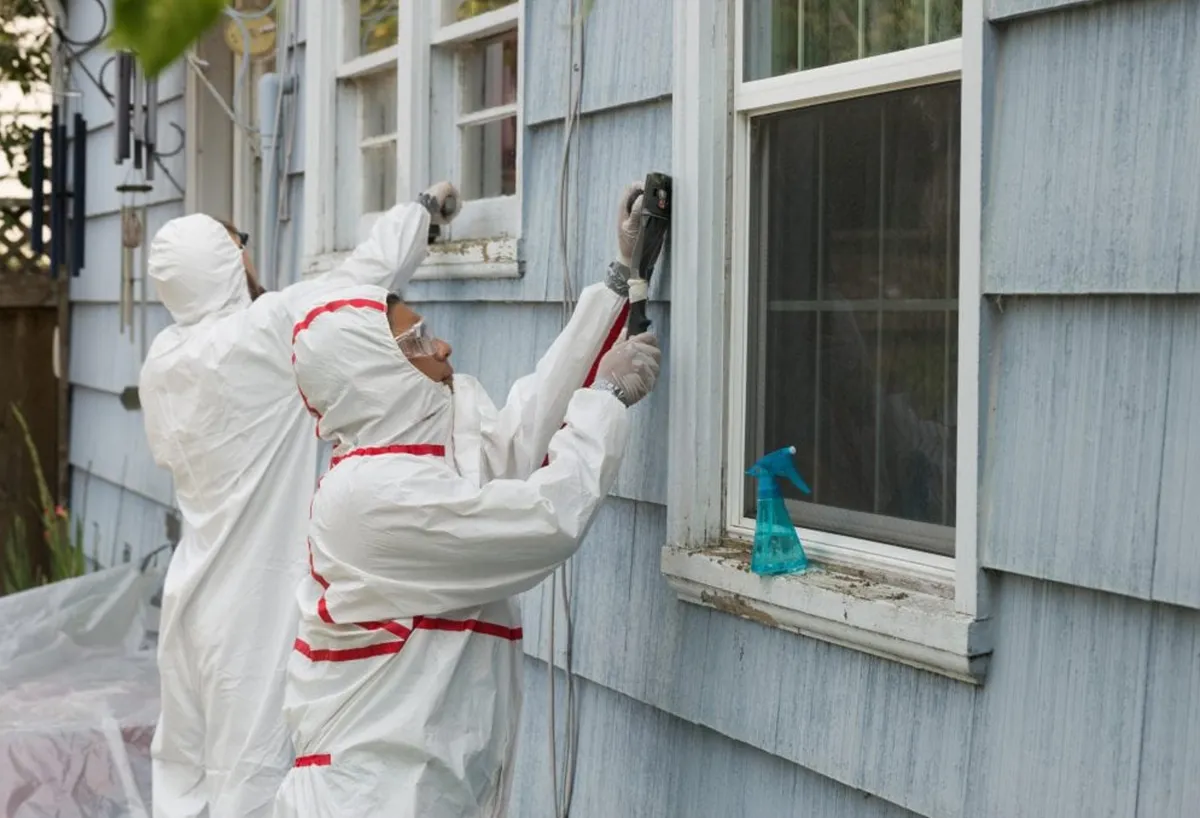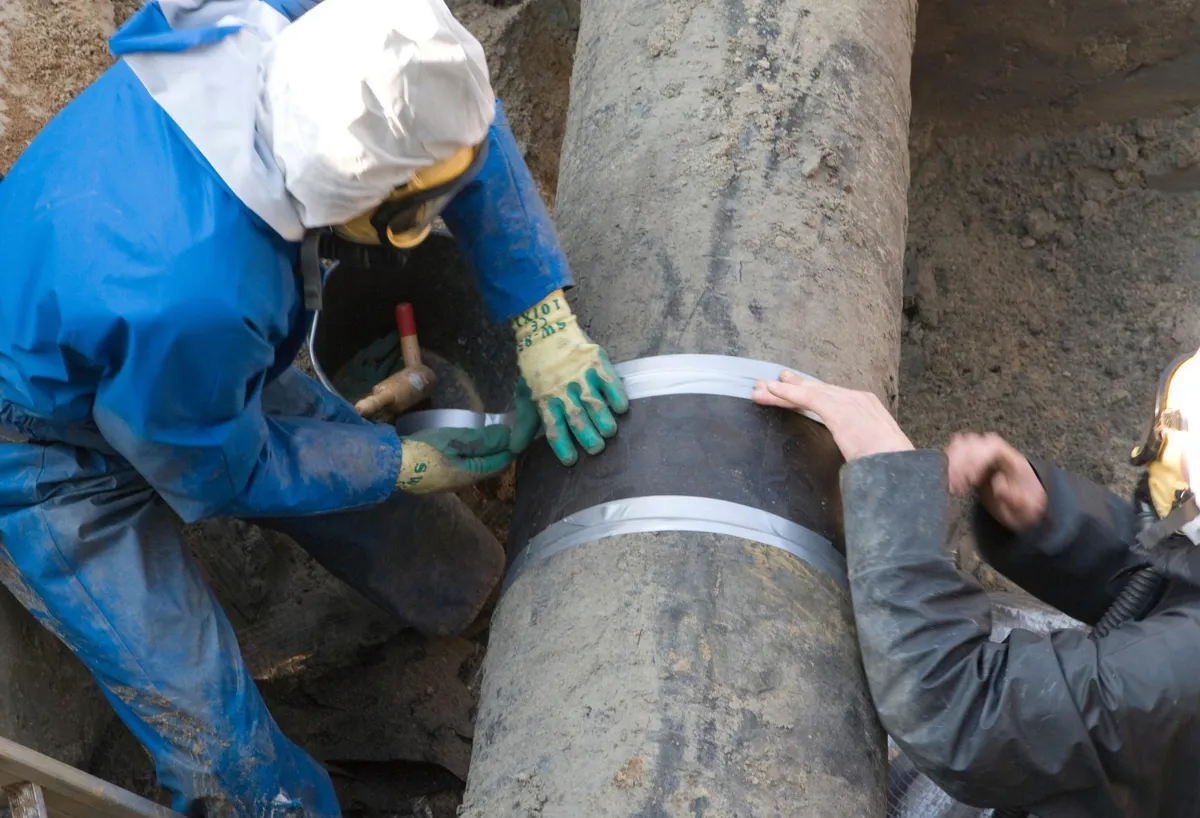MAY 15, 2025 | MOLD IN YOUR HOME
How to Know If You Have Mold in Your Home (6 Key Signs)
Mold isn't just an unsightly nuisance—it poses serious health risks and can compromise your home's structural integrity. Recognizing the early signs of mold is crucial for timely remediation. Here's how to identify potential mold issues in your home.
1. Persistent Musty Odors
A damp, musty smell, especially in areas like basements or bathrooms, often indicates hidden mold growth. Pro Clean
2. Visible Mold Growth
Mold can appear as black, green, or white patches on walls, ceilings, or other surfaces. It's often found in areas with high humidity or past water damage.
3. Water Damage or Stains
Discoloration, peeling paint, or bubbling wallpaper can signal moisture issues that promote mold growth.
4. Allergy-Like Symptoms
Sneezing, coughing, skin irritation, or worsening asthma symptoms at home may be due to mold exposure. Cleveland Clinic+1Verywell Health+1
5. Condensation and High Humidity
Frequent condensation on windows or pipes and indoor humidity levels above 60% create ideal conditions for mold.
6. Warped or Peeling Surfaces
Moisture behind walls can cause paint or wallpaper to warp, peel, or bubble—common indicators of mold presence. Real Simple.
If you notice any of these signs, don't wait. Contact Sully Construction for a professional mold inspection and ensure your home is safe and healthy.
MORE BLOGS

How to Know If You
Have Mold in Your
Home (in 6 Ways)
NOVEMBER 1, 1999 | MOLD IN YOUR HOME
Mold is a sneaky, silent invader. It can
grow in places you least expect, and by the time you notice it, it could have already spread, causing damage and even health problems.
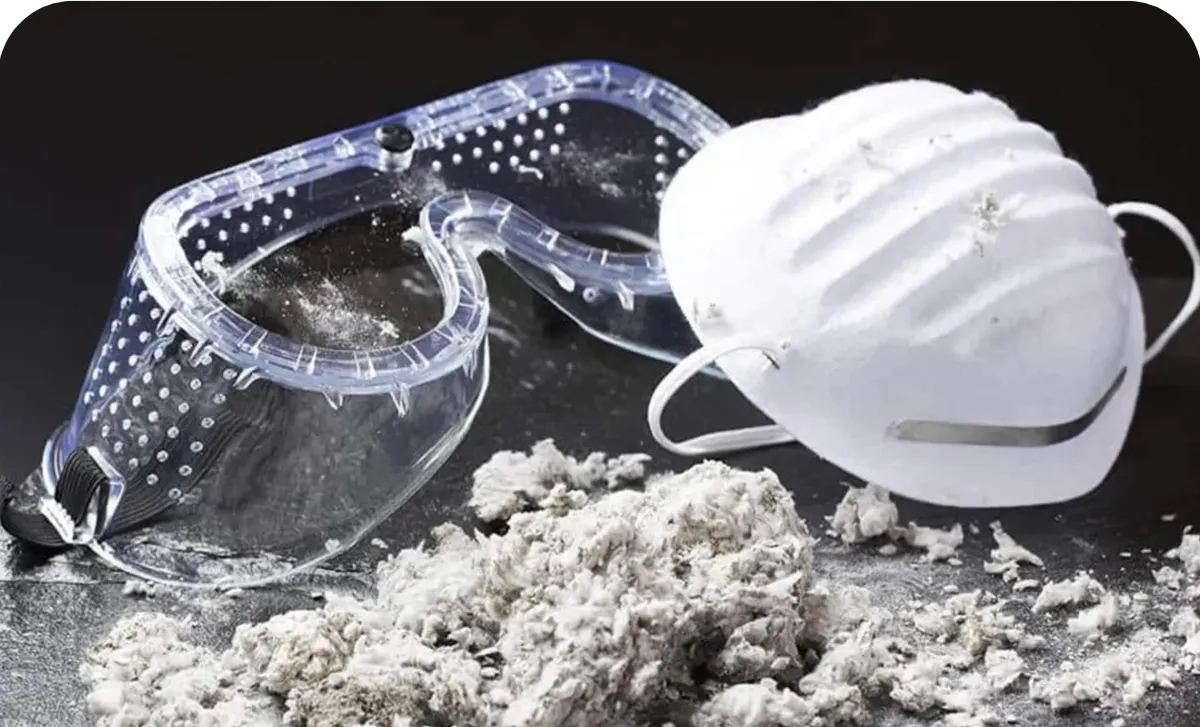
3 Main Causes of
Asbestos Exposure and How to Protect Yourself
NOVEMBER 1, 1999 | MOLD IN YOUR HOME
Asbestos exposure is a serious issue that
can lead to severe health problems,
including lung cancer and
mesothelioma. In this article, we’ll dive into the three primary causes of asbestos exposure.
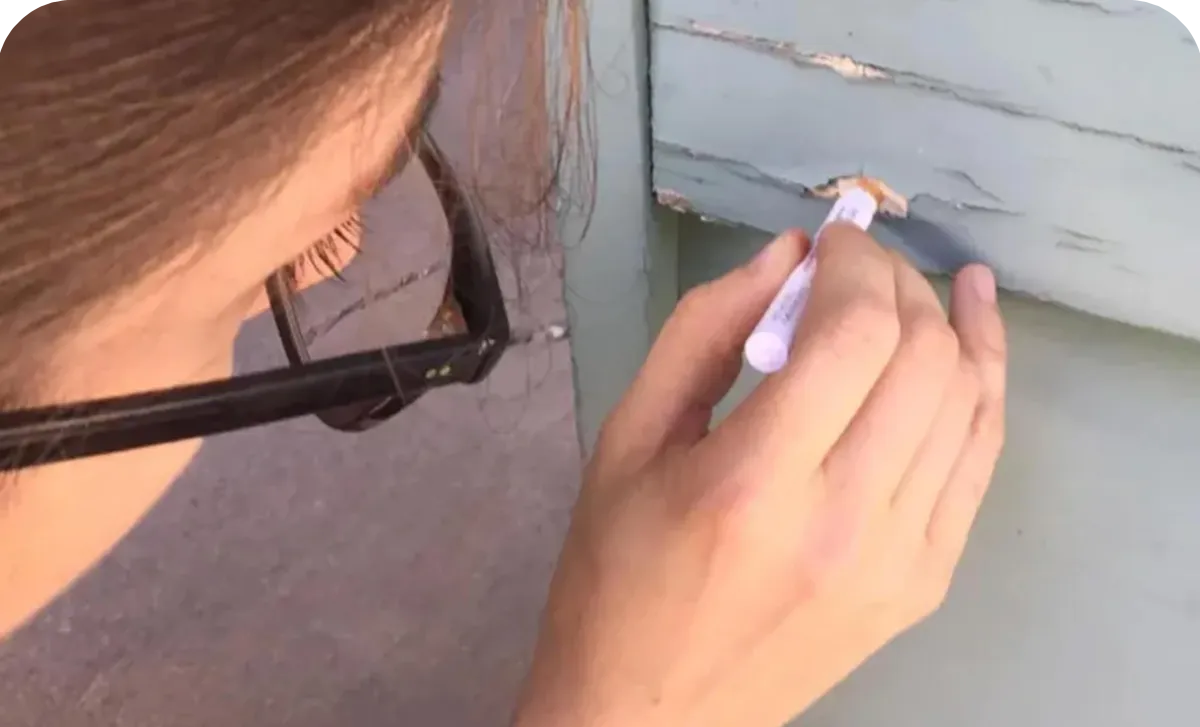
Is Lead Paint Still Toxic
if Painted Over?
NOVEMBER 1, 1999 | MOLD IN YOUR HOME
If you’re dealing with lead paint in your
home, you may be wondering if it’s still
hazardous if it's been painted over. The
short answer is yes! Lead paint can still
be toxic, even if it’s been covered by
newer layers of paint.
THIS IS WHO WE ARE
CREDENTIALS THAT
BUILD CONFIDENCE








SULLY CONSTRUCTION



Monday to Saturday 7 AM to 5 PM

WANT TO WORK WITH US?
Got a question or ready to get started? Contact us today, and let us show you how our expert services can help you achieve your goals!

